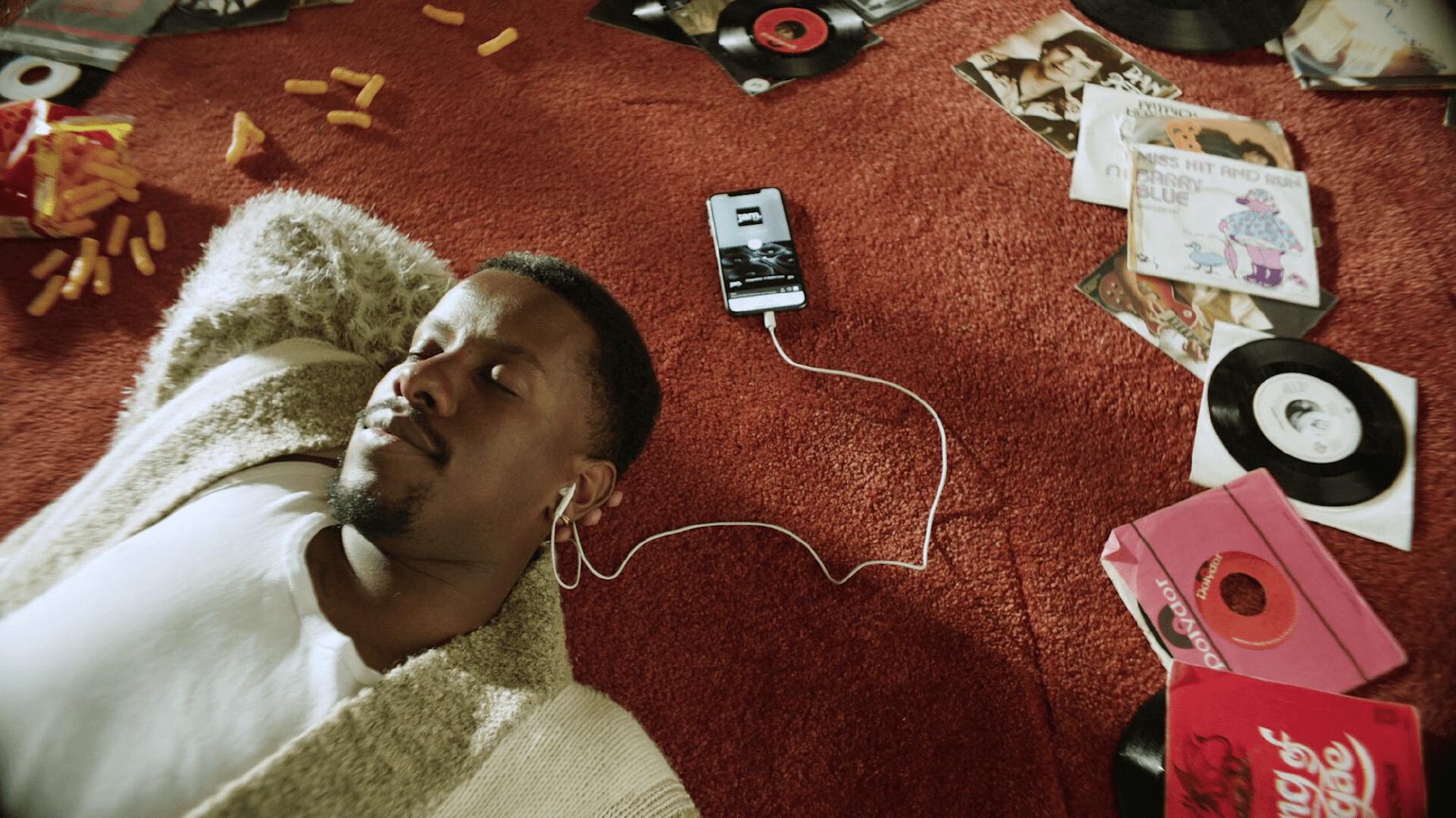Tubidy – Nowadays, people are familiar with MP3 as a digital audio format. MP3 is still used widely, but little did they know that this audio format has a long history. The Evolution of MP3: A Journey Through Its History was started more than a couple of decades ago. Let’s find out more about its journey and the way it has changed the world.
What is MP3?
Some people might be looking for a way to integrate MP3 Players with Smartphones: The Complete Guide because they do not want to bring around their MP3 players along with their smartphones. It will be much simpler if they can integrate their mp3 players with their smartphones so they can enjoy their mp3 players right from their smartphones.
Before we can go too far to this specific topic, we should know first what mp3 is. People read and hear it a lot but many of them do not have any idea about what it is.
So, what exactly is mp3? It stands for MPEG Audio Layer III which is a standard of a level of quality for audio compression for making any music file tinier without losing a significant amount of quality. It means that MP3 is part of MPEG (Motion Picture Expert Group) which is a family of standards to display audio and video with lossy compression.
Mp3 Timeline
To have a better understanding of The Evolution of MP3: A Journey Through Its History, a timeline about mp3 can be very informative. The journey of mp3 was started in 1987 at The Fraunhofer Institut in Germany. There was research with the codename EUREKA project EU147 for Digital Audio Broadcasting (DAB).
Following the research, MPEG, or Motion PictureExpert Group was built in January 1988. It became the subcommittee of the International Standards Organization/International Electrotechnical Commission (ISO/IEC). A German patent for MP3 was owned by Fraunhofer in January 1989.
The journey went further since in 1992, audio coding by Fraunhofer and Dieter Seitzer was integrated into MPEG-1. It was followed by the first publication of the MPEG-1 standard in 1993 and the MPEG-2 in 1994. On November 26th, 1996 MP3 patent in the United States was issued. In September 1998, Fraunhofer started to make MP3 developers or rippers along with decoders or players, pay a licensing fee. However, MP3 player users did not have to pay for licensing fees.
The music track in MP3 format is super familiar these days, but the very first distribution of MP3 music tracks was done by a record company named SubPop in February 1999. 1999 was also the year when portable MP3 players were released for the very first time.
What Mp3 Can Do
What makes MP3 different? What can it do? Fraunhofer-Gesellschaft said that the digital audio signals have 16-bit samples recorded at a sampling rate over twice the actual data audio bandwidth without any data reduction. In this circumstance, over 1,400Mbit data must represent just one second of stereo music in CD quality. The original sound data can be reduced from a CD by a factor of 12 with MPEG audio coding without losing sound quality.
Mp3 Player
Fraunhofer tried to develop the first MP3 player in the early 1990s but it did not work well. The very first successful MP3 player was developed by Tomislav Uzelac from Advanced Multimedia Products in the early 1990s. It was called the AMP MP3 Playback Engine.
Soon after, AMP was ported to Windows by two university students, Justin Frankel and Dmitry Boldirev. It was the beginning of Winamp which became a free MP3 player in 1998. It brought MP3 to a whole new level of success.
Impacts of Mp3
The massive success of MP3 had a significant impact on the music industry. There was a time when physical music sales had declined because the MP3 format made it super easy to copy and share music files. While the CD sales shrunk, the online music store era had begun. People now listen to music on iTunes or Spotify more because of the MP3 format.
At the same time, artists had new opportunities to reach a wider audience with MP3 format. Before the MP3 era, artists depended on the record label when they wanted to release their music to the public. With MP3, it was easier for them to release music online without the support from record labels.
The way people listen to music also changed because of MP3. CDs or cassette tapes became the main source of music listening before the era of MP3. MP3 format made it possible to enjoy the music on portable devices, including MP3 players, laptops, and even smartphones. The MP3 file is light enough to store it in a small device.
There is no doubt that the amount of music that people can listen to has increased dramatically because of the MP3 format. The Evolution of MP3: A Journey Through Its History is super fascinating, after all.

